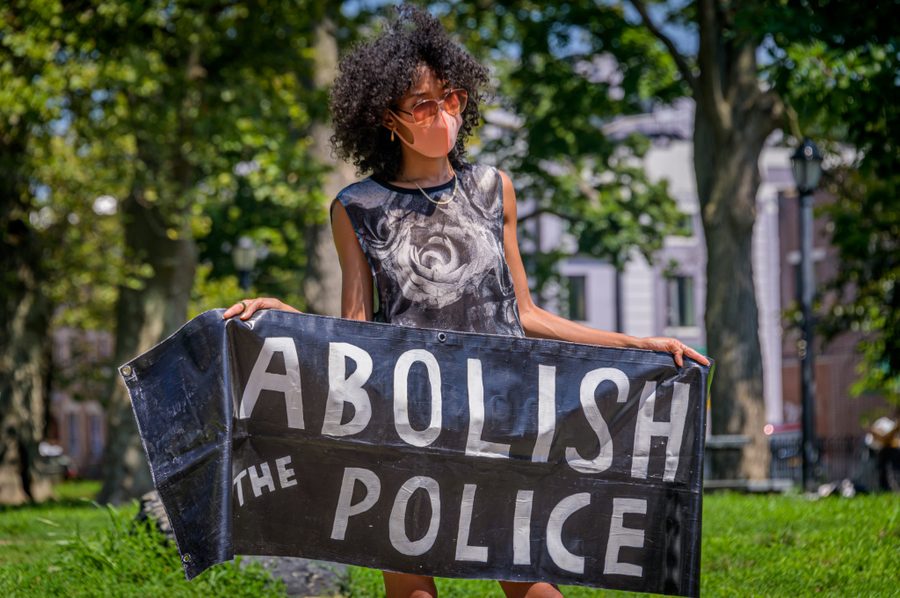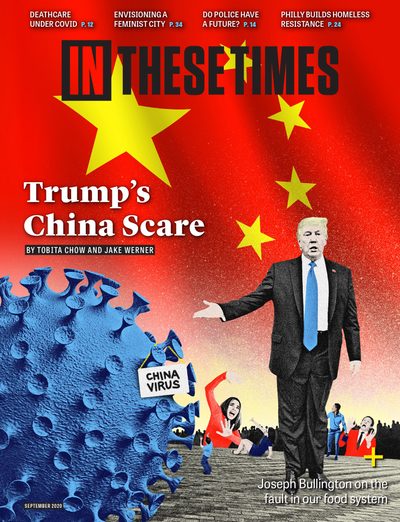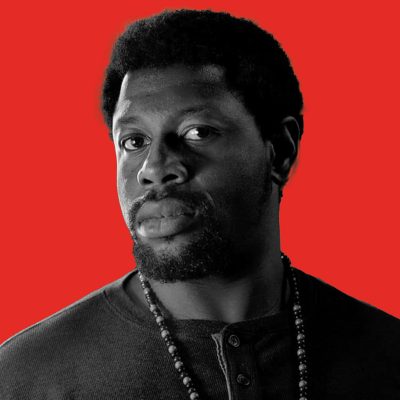Want to Abolish the Police? The First Step Is Putting Them Under Democratic Control.
Abolition is part of a broader struggle for democracy.
Olúfẹ́mi O. Táíwò

This article is a response to “Community Control Won’t Fix What’s Wrong with Cops” by Carl Williams and Christian Williams.
We need community control over the police to abolish the police — because the police state won’t dismantle itself.
Community control over police is an unfinished project begun by the Black Panther Party. Fifty years ago, the party worked in Northern California across San Francisco, Oakland, Richmond and Berkeley to try and win community control through ballot initiatives (though the initiatives failed). They even held a major Community Control of the Police Conference in Chicago in 1973, featuring Fannie Lou Hamer and Bobby Rush. Today, that work is continued by organizers like Jazmine and groups like Chicago Alliance Against Racist and Political Repression and Pan-African Community Action (PACA), of which I am a member.
The idea behind community control is simple: We oppose state violence itself along with what enables state violence — the fact that disinterested elites and outsiders control what happens in our communities. Community control over police is the only demand that addresses both the symptoms and the disease.
Carl and Christian argue that policing is fundamentally tied to white supremacy and therefore unreformable. It’s true; the police are white supremacist. But so is the government that policing defends, the same government that abolitionists are petitioning to make change. In the absence of community control, the demand to abolish police is functionally a request for the state to reorganize itself and reshuffle its resources — but the powerful stay powerful and the disempowered stay disempowered. The question is not whether to abolish, then, but who we can trust to do the abolition.
Massive networks of institutions, across jurisdictions, combine to incentivize and stabilize policing as we know it, from prosecutors to prisons to legislatures. Many of these institutions operate most powerfully after the point of arrest. Community control intervenes, surgically: By taking public control over the police who handle the bulk of arrests, we act before other parts of the system can get involved. Without community control, abolition just means asking a larger set of white supremacist institutions to restructure a smaller set. Instead, we are asking our neighbors.
One difference in PACA’s proposal is that community control boards would be staffed by residents selected at random and rotated through temporary terms of service. This process would actually eliminate elections while being more democratic (similar to the jury duty system), preventing elites from recapturing police control through campaign contributions. Putting communities in the driver’s seat— whether or not they choose to abolish police — creates a fundamentally different power structure than the current authoritarian chain of command.
Carl and Christian are confusing the ideas of community policing and civilian oversight (both, essentially, public relations strategies) with actual community control over police. Other than the word “community,” the concepts are unrelated. Those first ideas change only what the power structure looks like; the latter flips the power structure upside down, putting the community in charge. The ruling class desperately wants us not to notice the difference.
We do not need police officers and police departments. We do need community safety and the power to design and protect alternative ways to achieve it. If a community controls its police department and its resources, then nothing stops the community from firing every officer, hiring EMTs and tutors in their place, and directing resources toward mutual aid projects. That turn of events is rather obviously abolitionist in effect, whether or not the word “police” ever changes (though perhaps “community control over public safety” is a more apt phrase).
Community control over police is just one version of a broader commitment to community control and self-determination. The Black Panther Party, for example, also organized for community control over housing, education and land. The ultimate goal, as Jazmine puts it: that “every action, policy and budget must be subject to the will of the people.” If that’s not abolitionist, I don’t know what is.
Olúfẹ́mi O. Táíwò is associate professor of philosophy at Georgetown University and author of Reconsidering Reparations and Elite Capture: How the Powerful Took Over Identity Politics (And Everything Else).








